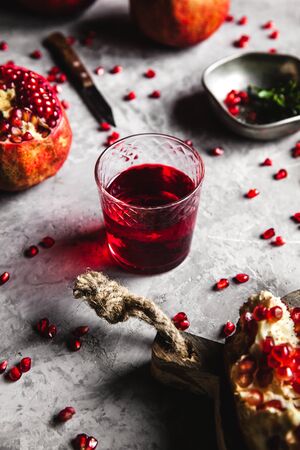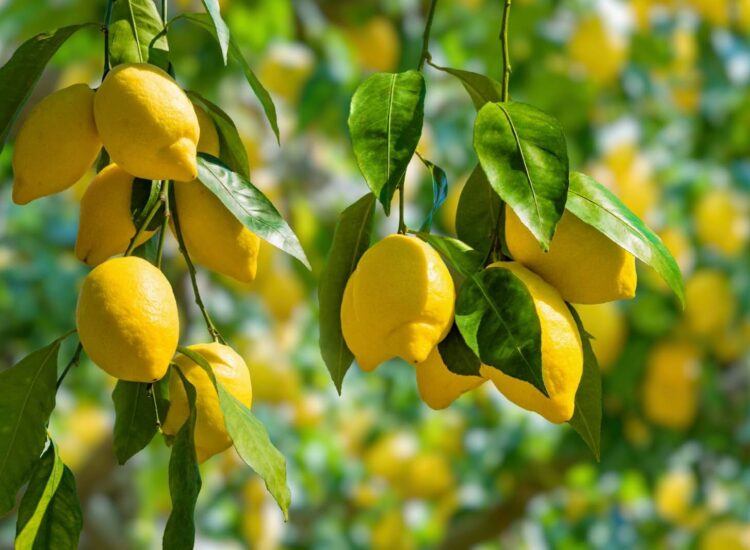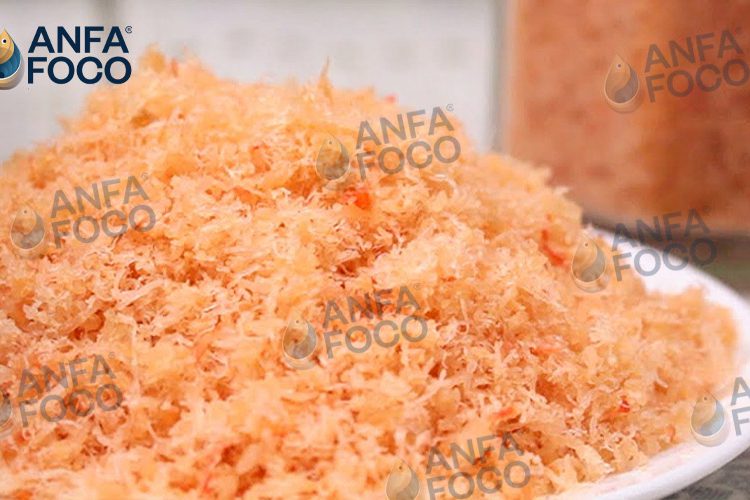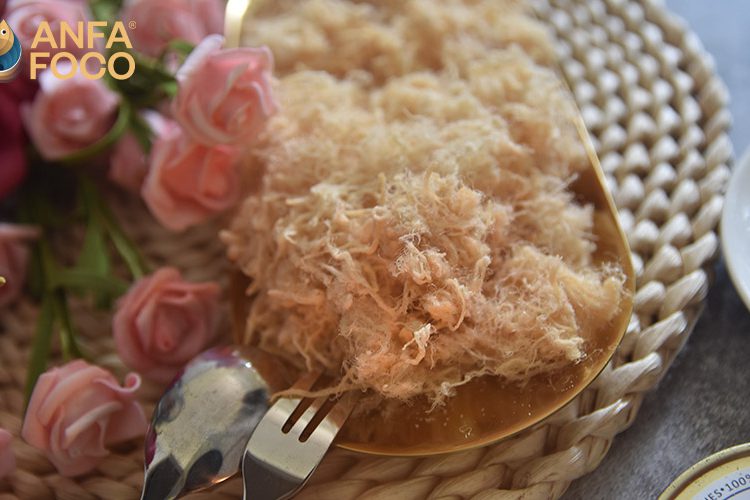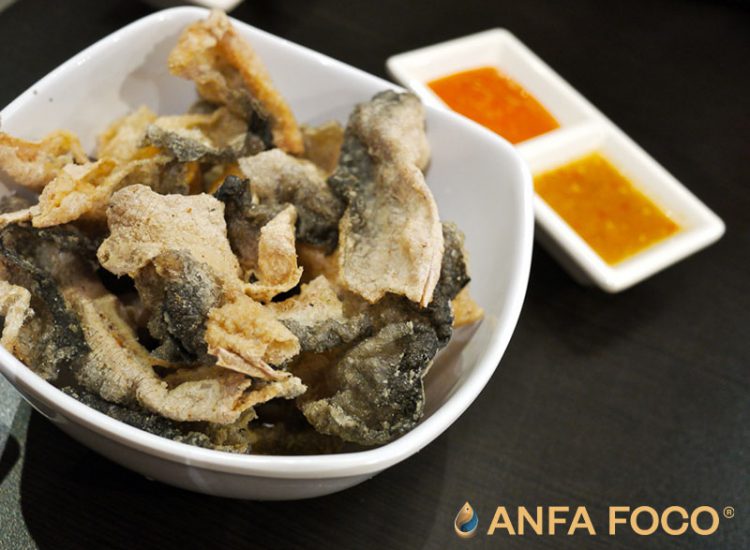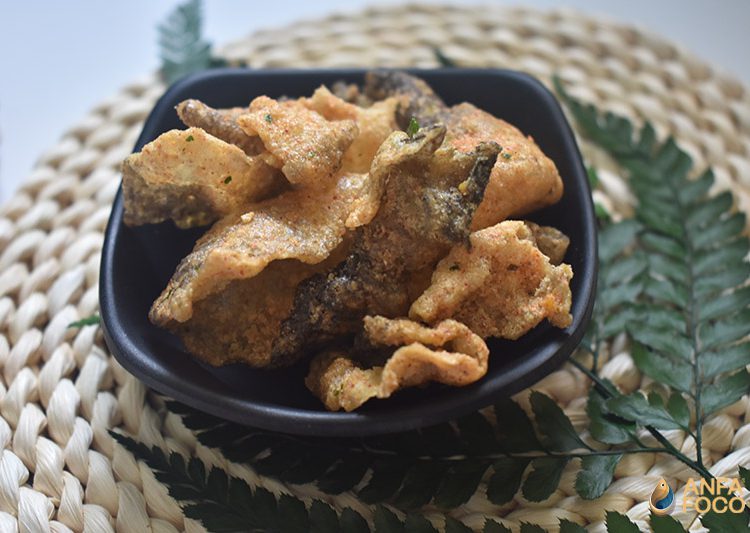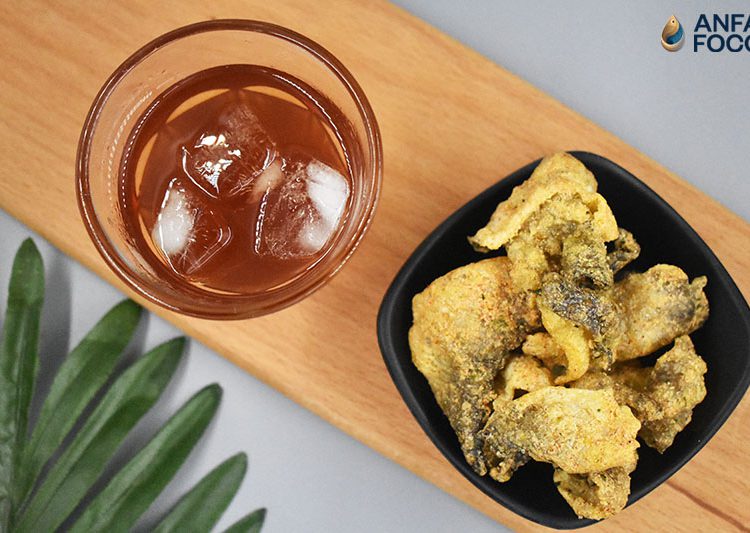Gastronomic Ghouls: Exploring 5 of the World’s Most “Terrifying” Foods
Introduction: When Culinary Curiosity Meets Cultural Boundaries
The world of cuisine is a vast and varied landscape, offering an endless array of flavors, textures, and aromas that reflect the unique cultures and environments from which they originate. What one person considers a delicacy, another might find utterly repulsive. This difference in perception often highlights the powerful influence of cultural norms, personal experiences, and even ingrained biological responses to certain foods. In this article, we delve into the realm of “terrifying” foods – dishes that, for various reasons, evoke feelings of disgust, fear, or sheer culinary shock in many. It’s important to note that “terrifying” is subjective, and these foods are often cherished delicacies within their respective cultures. However, for those unfamiliar with them, they can represent a fascinating and sometimes unsettling exploration of global gastronomy.
1. Balut (Philippines): The Partially Developed Duckling

Perhaps one of the most visually confronting dishes on this list, Balut is a fertilized duck embryo that is boiled and eaten in the shell. Popular in the Philippines and other Southeast Asian countries, Balut is essentially a developing duck fetus that is typically between 14 to 21 days old. The “terrifying” aspect for many Westerners lies in the fact that the partially formed duckling, complete with bones, feathers, and a beak, is often visible when the egg is cracked open.
The preparation involves incubating a fertilized duck egg for a specific period, allowing the embryo to develop. The egg is then boiled, and the entire contents, including the broth surrounding the embryo, the yolk, and the developing duckling, are consumed. Aficionados often praise its rich, savory flavor and the interesting textures, ranging from the soft yolk to the slightly chewy duckling. Balut is considered a high-protein and nutritious snack, often sold by street vendors. However, the visual reality of consuming a partially formed animal can be deeply unsettling for those outside of its cultural context, making it a prime example of a food that elicits a strong “terrifying” reaction.
2. Hákarl (Iceland): The Fermented Shark with an Ammonia Kick
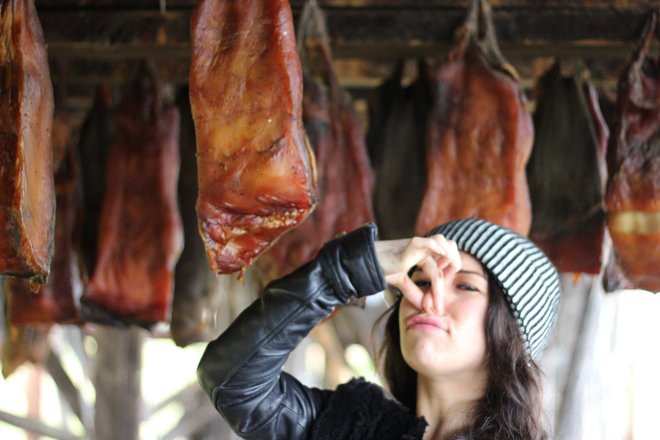
Related articles 01:
1. https://anfafoco.com/tham-quan-cong-ty-san-xuat-cha-bong-anfafoco/
2. https://anfafoco.com/the-wholesome-goodness-of-oats-unpacking-the-powerful-health-benefits/
3. https://anfafoco.com/cach-bao-quan-ong-hut-co-tuoi-ong-hut-co-kho/
4. https://anfafoco.com/cung-cap-cha-bong-rong-bien-thom-ngon-chuan-vi/
5. https://anfafoco.com/cung-cap-cha-bong-cho-nguoi-bi-tieu-duong-chat-luong/
Hákarl is a national dish of Iceland made from Greenland shark or basking shark that has been cured using a particular fermentation process and hung to dry for four to five months. What makes Hákarl “terrifying” for many is its incredibly potent smell and taste, often described as overwhelmingly ammonia-like. This pungent odor is due to the high urea content in the shark’s flesh, which needs to be broken down through fermentation as the fresh meat is toxic.
The fermentation process involves burying the shark in a shallow pit with gravel, pressing it to release fluids, and then hanging it to dry in a well-ventilated shack. This process can take several months, and the resulting meat develops its characteristic strong smell and flavor. Hákarl is typically served in small cubes and is often considered an acquired taste, even by Icelanders. First-timers are often warned to take small bites and be prepared for the intense ammonia flavor that can linger. While it holds cultural significance and is often consumed during traditional festivals, the sheer intensity of its sensory properties makes Hákarl a food that many find undeniably “terrifying.”
3. Sannakji (Korea): The Still-Squirming Octopus Delicacy
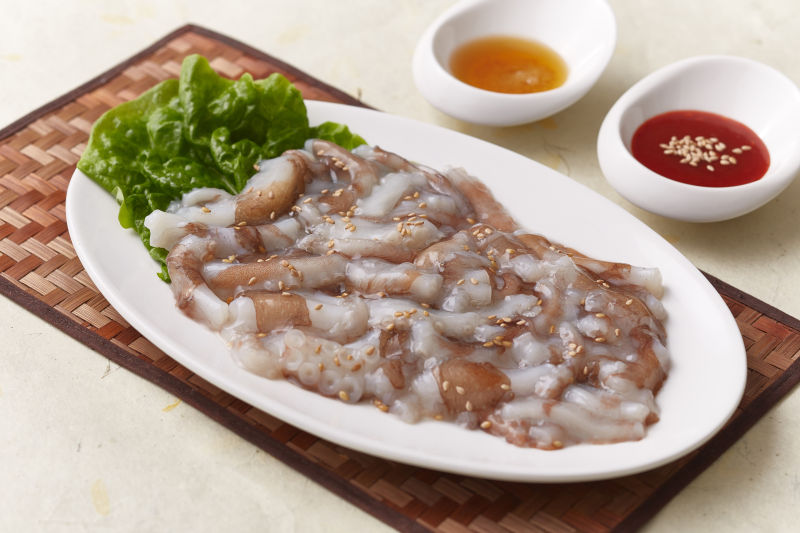
For those who find the idea of eating live creatures unsettling, Sannakji, a Korean dish made from live octopus, is likely to induce a sense of culinary horror. The dish involves freshly killed baby octopus that is cut into small pieces and served immediately, often still wriggling on the plate. The “terrifying” element here is the literal aliveness of the food and the sensation of the suction cups still moving in your mouth as you try to eat it.
Sannakji is typically seasoned with sesame oil and sesame seeds. The main concern when eating this dish is the risk of the still-active suction cups latching onto the inside of your throat, potentially causing choking. Therefore, it’s crucial to chew the octopus thoroughly. Despite this inherent risk and the unsettling sensation of eating a still-moving creature, Sannakji is a popular and sought-after delicacy in South Korea, often enjoyed with soju (Korean rice wine). The freshness and unique texture are what attract many to this adventurous culinary experience, but for others, the idea of consuming live, squirming seafood is undeniably “terrifying.”
4. Casu Marzu (Sardinia, Italy): The Cheese Infested with Live Maggots

Hailing from the Italian island of Sardinia, Casu Marzu is a sheep milk cheese that is deliberately infested with live insect larvae. This might be considered the epitome of “terrifying” for those with entomophobia or a general aversion to eating insects, especially in their larval form. The “terrifying” aspect of Casu Marzu is not just the presence of live maggots but also the fact that the cheese is often eaten with the larvae still active inside.
Related articles 02:
1. https://anfafoco.com/da-ca-say-gion-xuat-khau-chat-luong/
2. https://anfafoco.com/khoai-tay-trung-muoi-can-than-nghien-chet-nguoi/
3. https://anfafoco.com/cha-bong-ga-bao-nhieu-1kg/
4. https://anfafoco.com/cung-cap-kho-ga-la-chanh-gia-si-cho-quan-ca-phe-quan-tra-sua/
5. https://anfafoco.com/cung-cap-cha-bong-gia-si-theo-yeu-cau-gia-re/
The production of Casu Marzu involves allowing cheese flies to lay eggs in cracks that form on the rind of the Pecorino Sardo cheese. The larvae then hatch and begin to digest the fats within the cheese, giving it a very soft texture and a distinctive, pungent flavor. Some people remove the maggots before consuming the cheese, while others eat it with the larvae still wriggling. There is even a belief that the live maggots enhance the flavor. Due to health concerns related to the consumption of live insect larvae, Casu Marzu has been banned in the European Union, but it can still be found in Sardinia, often through informal channels. The idea of eating cheese teeming with live maggots is undoubtedly “terrifying” for most people outside of this specific culinary tradition.
5. Century Egg (China): The Preserved Egg with a Sulfurous Aroma

While perhaps not as viscerally shocking as some of the other entries, Century Egg, also known as preserved egg, hundred-year egg, or thousand-year egg, can be quite “terrifying” in appearance and aroma to those unfamiliar with it. This Chinese delicacy is made by preserving duck, chicken, or quail eggs in a mixture of clay, ash, salt, quicklime, and rice hulls for several weeks to several months, depending on the method. 1
The preservation process transforms the egg in dramatic ways. The yolk turns a dark green or even black color and develops a creamy, pungent flavor with a strong aroma of sulfur and ammonia. The egg white becomes a dark brown, translucent jelly-like substance. The appearance alone, with its dark hues and unusual texture, can be off-putting to many. The strong, somewhat putrid smell can further contribute to a sense of culinary unease. Century eggs are often served as an appetizer, sliced and drizzled with soy sauce and sesame oil. While they are a well-regarded delicacy in Chinese cuisine and have a unique and complex flavor profile that is appreciated by those who enjoy them, the initial sensory experience can be quite “terrifying” for the uninitiated.
Conclusion: A Matter of Perspective in the World of Food
The five foods explored in this article represent just a small fraction of the diverse and sometimes challenging culinary creations found around the world. What makes these dishes “terrifying” is often a combination of unfamiliar ingredients, unusual preparation methods, and sensory experiences that fall outside of what many cultures consider normal or palatable. However, it’s crucial to remember that these foods hold cultural significance and are often considered delicacies by those who have grown up with them. Exploring such dishes, even if from a distance, offers a fascinating glimpse into the diverse ways in which different cultures interact with their environment and develop unique and sometimes startling culinary traditions. Ultimately, the concept of “terrifying” food is a testament to the subjective nature of taste and the powerful influence of cultural perspective in shaping our culinary preferences.

